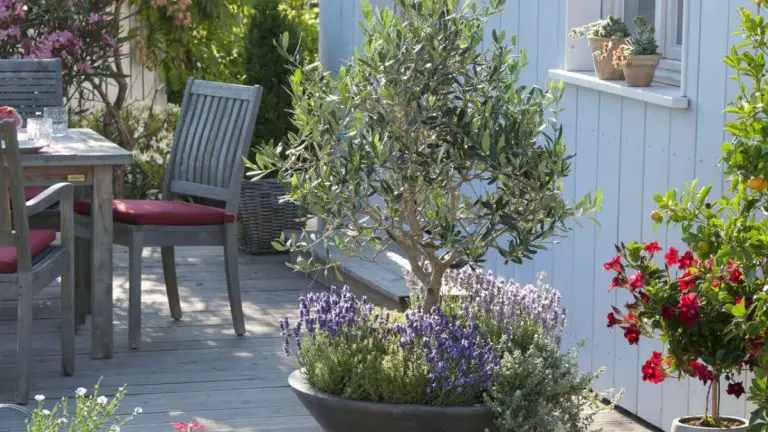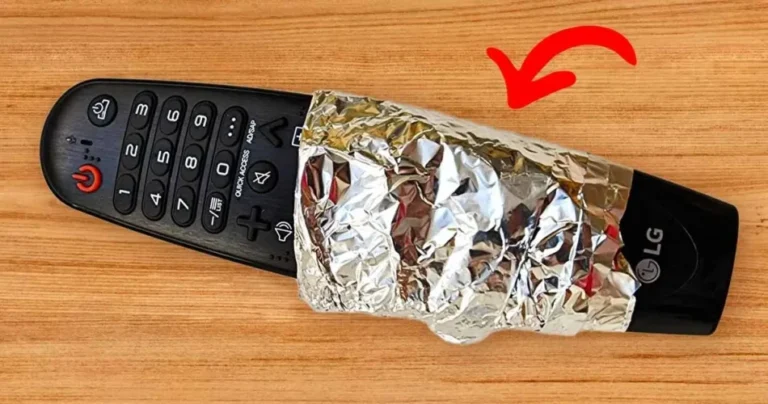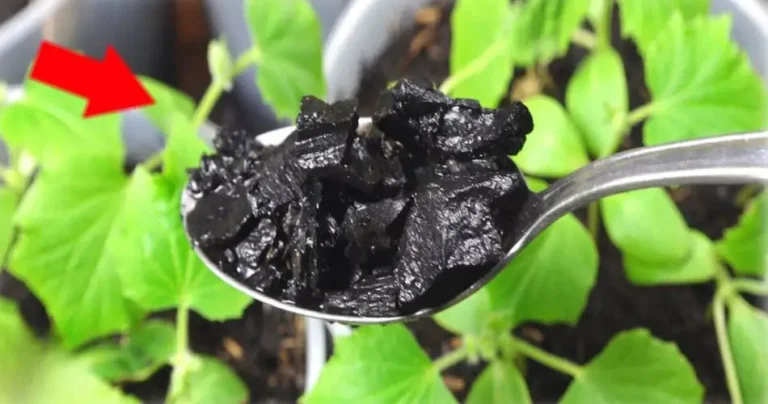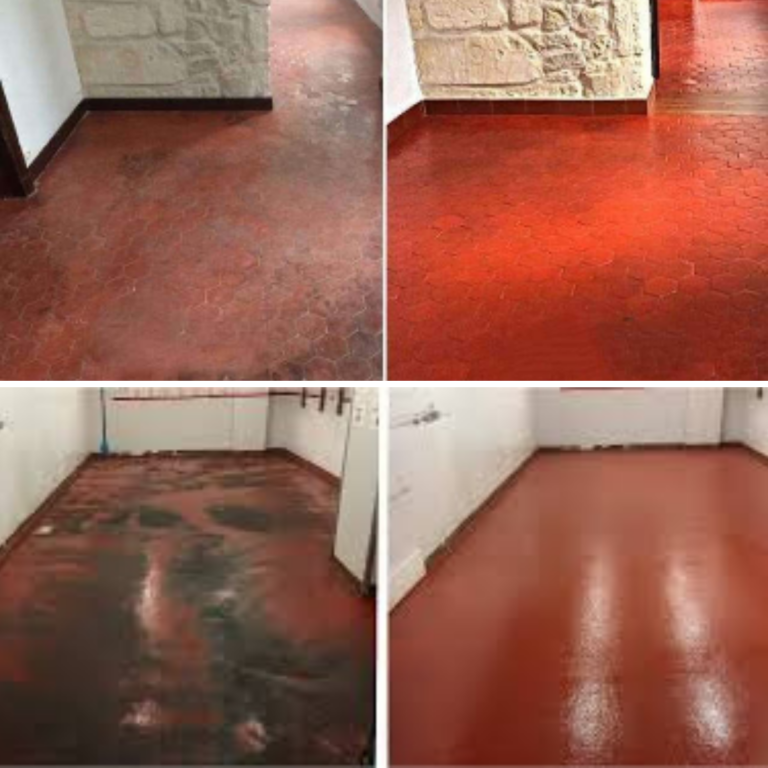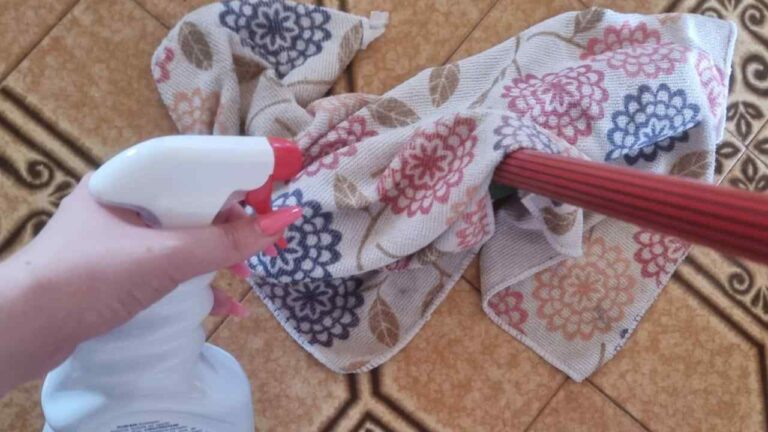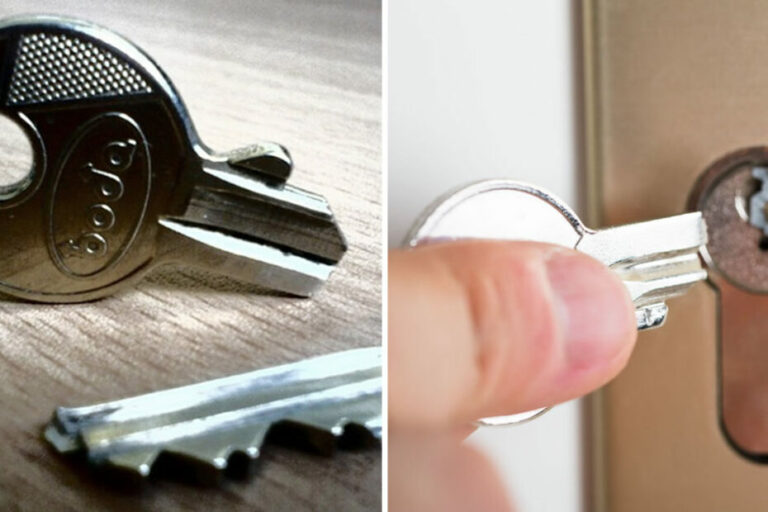How to transplant the olive tree?
An olive tree with its silver-gray lanceolate leaves creates a festive atmosphere on the terrace and balcony. If this Mediterranean shrub becomes too large for the container over time, the olive tree needs to be transplanted.
The potted olive tree (Olea Europaea) brings a Mediterranean atmosphere to the balcony and terrace. To ensure that it grows healthy and strong, it needs to be professionally transplanted at the right time. We’ll show you the best way to repot this popular plant and give you practical care tips.
When should an olive tree be transplanted?
The right time to transplant depends on the growth of the olive tree. Young olive trees grow faster and therefore need a new container at shorter intervals. A general rule is that the olive tree should be transplanted as soon as the diameter of the crown is larger than that of the pot.
Even if the roots protrude from the drainage hole of the pot, this is a clear sign. It is ideal to transplant shortly before the new growing season, that is, at the end of winter or early spring. The plant then devotes its growth energy to root formation. You can also transplant the olive before wintering. Then you have to use fresh soil without nutrients. Otherwise, the olive tree could sprout during winter dormancy. This weakens it and makes it susceptible to disease. There is also the risk that stagnant water will form when watering, which damages the roots.
The right pot for the olive tree
Ideally, the pot should be made of terracotta or clay, since soil moisture is naturally regulated there. The risk of water stagnation is reduced and the root climate is improved. If you choose a plastic pot, make sure the water can drain well to avoid stagnation.
When transplanting the olive tree, choose a pot that is about four centimeters larger in diameter than the previous pot. If you simply want the olive tree to receive fresh, nutrient-rich soil but stop growing, you can reuse the same pot. The tree then has everything it needs to stay healthy, but it does not grow.
It is best to plant the olive tree in a terracotta pot to maintain a good climate for the roots, which also fits perfectly with the look of this Mediterranean plant.
What soil for the olive tree?
The Mediterranean plant requires a permeable substrate that offers good support to the roots. One option is to mix garden soil with sand, wood or coconut fibers, clay, bark humus, compost and seaweed lime. Garden soil and compost make up the majority of the mixture, about a third each. Ten percent algae lime is required, the rest is filler materials (coconut fibers or wood). This creates a well-structured substrate in which the roots find support and nutrients. There is also citrus potting soil available in specialty stores, which are quite expensive and not absolutely necessary, as shown in the article “Specialty Potting Strips: Which Are Really Necessary?” You can also use potting soil for potted plants that you mix with carbonated lime and expanded clay.
How do you transplant an olive tree?
- Couple work.
- Gently lift the olive tree out of the pot.
- If the pot is heavy, leave the plant.
- If the roots stick to the porous terra cotta, carefully insert a knife between the inside wall of the pot and the root ball. Be careful not to damage the roots too much.
- Remove the used substrate from the root ball and clean the root system.
- Cut off rotten and stunted root parts.
- If you don’t want the olive to grow any longer, shorten the fine roots and then replant it in the same pot with new soil.
- Cover the bottom of the pot with a clay shard and add a drainage layer of expanded clay, gravel or gravel no more than five centimeters thick.
- Place a permeable fleece over the drainage and then fill it with a layer of soil.
- Then place the olive tree in the middle and fill it all around with substrate. Tamp the soil from time to time.
- Finally, water the plant.
Olive trees are very popular potted plants that add a Mediterranean atmosphere to balconies and terraces. In order for small trees to maintain their shape and their crown to be bushy, they need to be pruned properly.
